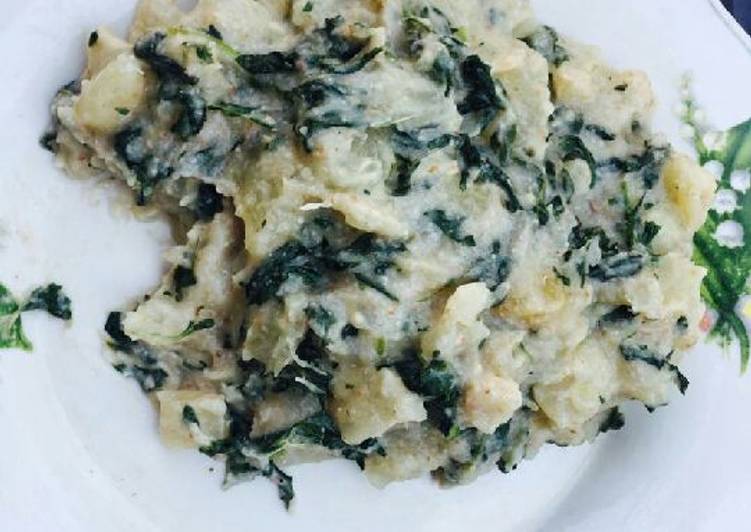Xiguinha(cassava with peanuts powder and wild leaves)
Xiguinha(cassava with peanuts powder and wild leaves). See recipes for Xiguinha (Cassava peanuts and nkanka) too. Xiguinha(cassava with peanuts powder and wild leaves). See recipes for Xiguinha (Cassava peanuts and nkanka) too. peeled rinsed and diced cassava, well cleaned wild leaves nkanka, water, ground peanuts, salt and pepper to taste.
 Traditional food Xiguinha: Mozambique is recognized for the richness and diversity of its cuisine. The little cup, typical of Inhambane, south of Mozambique is made from cacana, cassava and peanuts. Easy Cassava Flour Crackers - Kula Mama. You can have Xiguinha(cassava with peanuts powder and wild leaves) using 6 ingredients and 4 steps. Here is how you achieve it.
Traditional food Xiguinha: Mozambique is recognized for the richness and diversity of its cuisine. The little cup, typical of Inhambane, south of Mozambique is made from cacana, cassava and peanuts. Easy Cassava Flour Crackers - Kula Mama. You can have Xiguinha(cassava with peanuts powder and wild leaves) using 6 ingredients and 4 steps. Here is how you achieve it.
Ingredients of Xiguinha(cassava with peanuts powder and wild leaves)
- It's 2 of cassava leaves.
- It's 1 of mug peanuts powder.
- You need 1 of coconut.
- You need 1 tsp of salt.
- Prepare 1 of jug water.
- Prepare 600 g of wild leaves inkanka.
If you purchase anything mentioned in this post I may receive a commission (more information here). Cassava flour has quickly gone from obscurity to the darling of the grain free baking world! It is popular in paleo autoimmune protocol (AIP) baking because. Cassava Flour is made from the same root vegetable as Arrowroot/Tapioca (the Cassava), however Arrowroot has been bleached and then the starch extracted.
Xiguinha(cassava with peanuts powder and wild leaves) instructions
- Grate inside of coconut make juice(milk) using warm water.
- Peel cassava cut in blocks and boil with coconut milk and peanut powder until the cassava is tender.
- Rinse inkanka wild leaves and add with salt start mashing until is combined.
- Ready to serve.
First up was Cassava Flour Pancakes: perfect, fluffy and texturally right pancakes served with raspberry sauce. Cassava leaves can supply a good source of vitamins and protein which can also be consumed after cooking. Cassava, Manihot esculenta, is a perennial shrub in the family Euphorbiaceae grown primarily for its storage roots which are eaten as a vegetable. Cassava with balsam apple (xiguinha de cacana). Corn porridge with cassava leaves (xima com matapa).